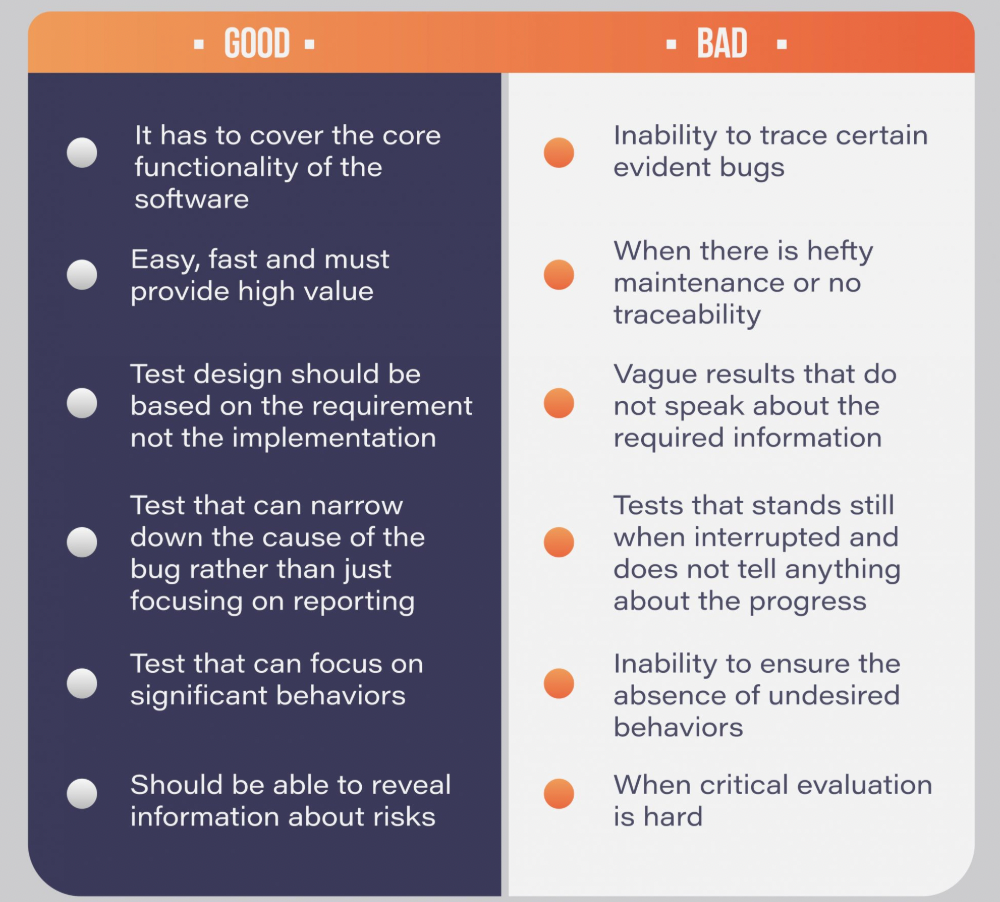“How to Start Test Automation from scratch in the Project ?”can feel overwhelming ,there are countless tools, frameworks, best practices, and strong opinions about the “right” way to do things.It’s easy to feel paralyzed, unsure where to begin or worried about making the “wrong” choice.
Craft the Perfect Test Automation Strategy from Scratch in Your Project
Table of Contents
However, Start Test Automation from scratch with the right foundation and mindset, automation can shift from feeling like an intimidating task to becoming one of the most empowering parts of your software delivery process.
Instead of manually checking every feature and fix, you build a safety net that catches issues early that is with test automation, increases confidence in every deployment, and frees your team to move faster without sacrificing quality.
By focusing first on a few key principles to Start Test Automation from scratch—such as starting small, prioritizing high-impact tests, writing maintainable test code, and treating tests as first-class citizens—you can build a test automation strategy that scales with your product.
Over time, test automation becomes not just a technical tool, but a crucial partner in delivering better software, faster and with far less stress.

Let’s break it down into five clear steps to get started.
1. Get the Whole Team Involved : To start test automation from scratch.
Start Test Automation from scratch isn’t just a tester’s job. It’s a team effort. Get your developers, testers, product managers, and business analysts in the same room—virtually or physically—and align on a shared vision.
What to do:
- Brainstorm as a cross-functional team what makes a good test suite.
- Use frameworks like the Testing Quadrants and the Test Pyramid to guide discussions.
- Assign ownership of different test levels: unit tests by developers, integration tests by developers and testers) and also by UI tests by testers. But everyone should contribute!
Pro Tip: Schedule retrospectives every few months to evaluate what’s working and what’s not.

2. A clear strategy makes automation easier and more successful.
Before diving into code, take a step back and plan your automation journey and think how to Start Test Automation from scratch.
Rushing into automation without a plan can lead to fragile tests .So, adapt test automation to start with test Automation from scratch.Take time to define your goals, choose the right tools, and prioritize what to automate first.Focus on high-value areas and build a simple, maintainable structure from the start.
A little planning upfront makes your automation more reliable and scalable in the long run.
Your strategy should include:
- A list of high-priority features from business stakeholders.
- A breakdown of what to automate vs. test manually.
- A mapping of scenarios to test levels (unit, integration, UI).
- A list of required resources like test data, test environments, and tooling.

3. Choose the Right Test Tools
Don’t pick your tools first. Define what you want to test first, then pick the tools that support that.
It’s easy to get excited about the latest frameworks or testing tools, but choosing tools before you understand your testing needs often leads to frustration and overcomplication.Start by identifying what parts of your application need testing, the types of tests you require (unit, integration, UI, API), and the specific challenges you might face.Once you have a clear picture of your testing goals, then choose the tools that fit your needs—not the other way around.Good tooling should serve your strategy, not dictate it.
Start with two baseline questions:
i. What type of tests do we need to run?
Determining the types of tests required for your project is crucial before you set up any frameworks or write any code. Do you intend to validate individual functions using unit tests? Are integration tests necessary to verify the interoperability of various systems? Or will end-to-end user interface testing be essential to guaranteeing the proper operation of the entire user journey? Selecting the appropriate framework’s structure, tools, and priorities is made easier when you are aware of the many kinds of testing. Select wisely when you start test automation from scratch in a project or team for the first time.
ii. What language will the tests be written in?
It’s critical to select the appropriate programming language for your tests. when you think “How to Start Test Automation from scratch?” It should ideally complement your application’s tech stack and the current skill set of your team. For instance, employing a JavaScript testing framework (such as Jest, Playwright, or Cypress) could facilitate cooperation if your application is JavaScript-based. Early language selection promotes faster team adoption, better maintainability, and more seamless development.
Do small experiments, called spikes, to evaluate tools. Record pros/cons and bring those findings back to the team for discussion.
There’s no “perfect” tool—just the right one for your team, your tech, and your goals.

4. Align with Development Processes before developing test Automation.
Automation isn’t a one-off. It needs to flow with your development lifecycle.
When to write and run tests:
- Unit tests: Unit tests are small, fast tests that validate the behavior of individual pieces of code (usually functions or classes) in isolation. Ideally, they are written during development to immediately verify that new code behaves as expected.
- Integration tests: Integration tests evaluate the functionality of various components or modules within a system and how they interact. These tests are incorporated once the separate components are prepared and reliable, guaranteeing that their interactions function as intended.
- UI tests: UI (User Interface) tests ensure that the application functions properly from the viewpoint of the user. They begin during the development phase to identify clear problems early on, but are typically completed once the entire feature is ready, at which point the UI flow and functionality have stabilized.
Also think about execution:
- Run tests locally before code changes.
- Use CI servers to run full test suites on each commit.
Tests that consistently pass = trust in your release process

5. Follow Test Design Patterns
As a beginner in testing or as a manual tester you think “How to Start Test Automation from scratch?” in a project first time it is very important to follow test Design Patterns.A good design makes your automation scalable and maintainable.
Key Principles: DRY,DSL, One test
- DRY (Don’t Repeat Yourself): Reuse logic to reduce duplication.
- Use a Domain-Specific Language (DSL): Make tests readable and business-friendly.
- One test = one purpose. Keep them short and focused.
- Tests should be self-contained and run in any order.
- Abstract technical steps into reusable functions.
Document everything—from naming conventions to test folder structure. A solid README can save new team members a ton of time.
